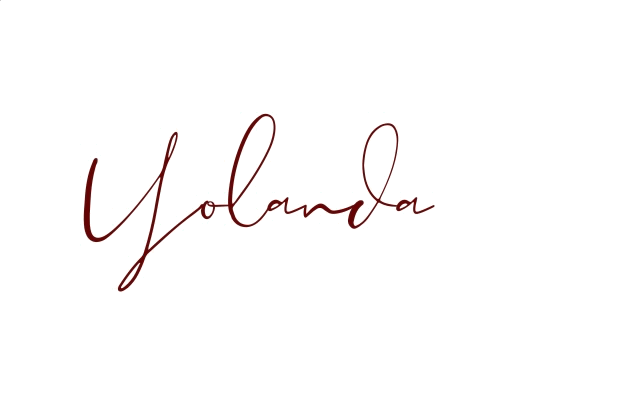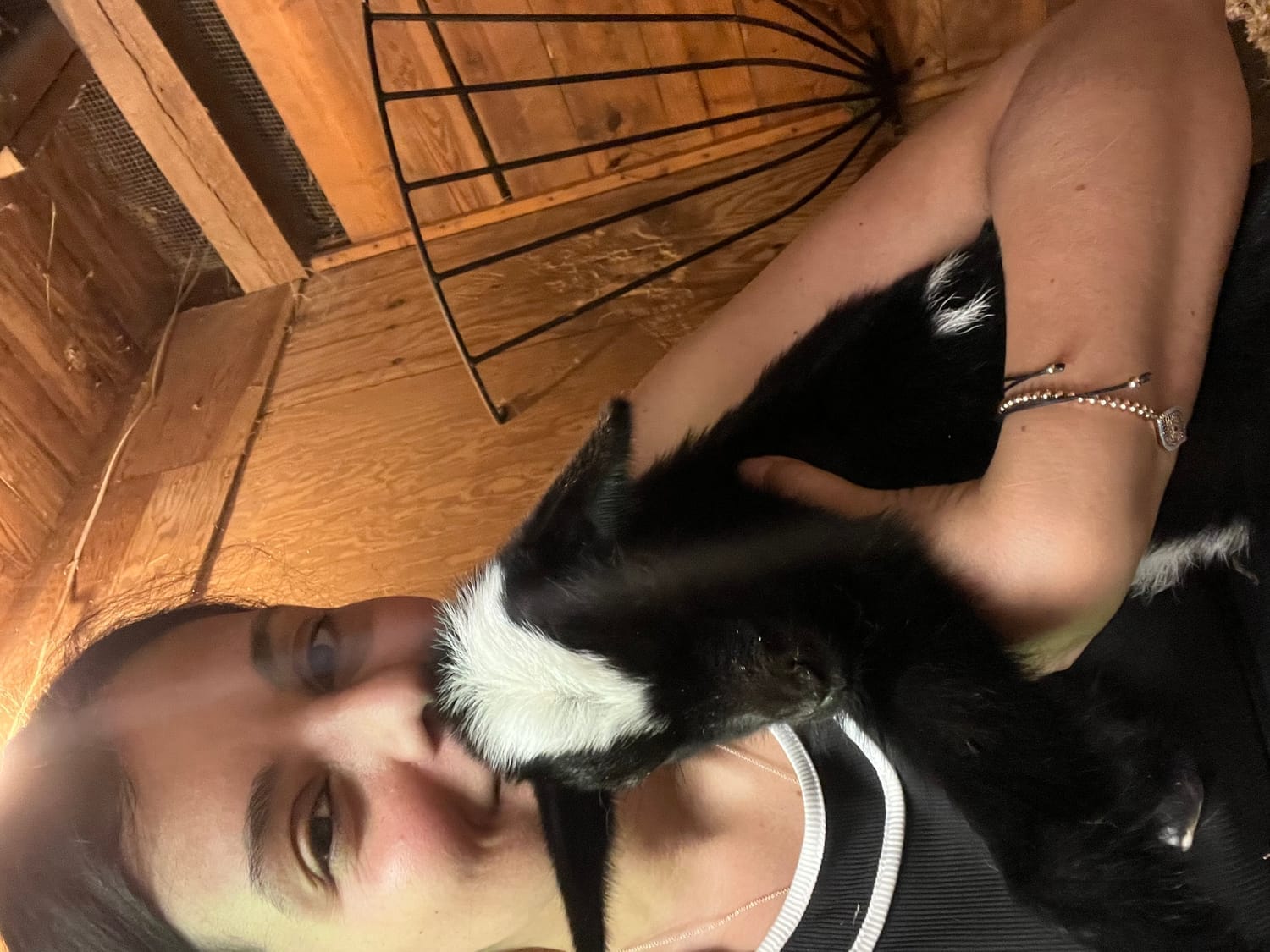The Sacred Mayan Ritual of Cacao
From Ixmukane’s Breath to the Spirit of the Corn People
As the weather cools and the days shorten, I feel called more and more to go inward by indulging in a cup of cacao. It not only connects me to my loved ones in Central America, but it is a wonderful way to expand my heart chakra in preparation for introspection and reflection. This is a beloved ritual of mine, and I love it when my friends and loved ones show interest in this beautiful practice. While I believe that we should only partake of a culture's offerings when we truly understand, deeply respect, and genuinely cherish their ways of life, I do not wish to keep this profound heart-opener from those who sincerely wish to experience it. In fact, I invite them to try it with me! And I tell them that, while I love a beautiful ceremony, cacao doesn't require that from us.
In the Mayan tradition, there is a beautiful distinction between a ritual and a ceremony. Although cacao can be used in ceremony, it is not necessary to create a big moment or event to partake of it. It should be thought of as a ritual that features a few thoughtful steps to help bring you into your heart space.
A cacao ritual is a heart-opener that's used to create a space where we can hear the song of our heart without outside noise and interruption. It brings people together in moments of conflict resolution, allowing them to listen and speak from a place of truth. It’s less formal than a full ceremony but no less sacred—infused with the intention of opening the heart gently and lovingly.
I write this because it is my desire to share with you how lovely this ritual can be when we remove the roadblocks. This is not to say that it isn't sacred. In fact, there are a few steps that we should mindfully take when preparing our cacao. But it shouldn't be so steeped in procedure that we miss the very point of drinking cacao--which is to connect with our heart space.
The Story of Ixmukane and the Corn People
According to Mayan mythology within the Popol Vuh, the goddess Ixmukane, a revered midwife goddess, and her partner played a central role in the creation of humanity—the “corn people.” Using a metate, a volcanic stone grinding tool, she crafted these beings after previous attempts to create life had not succeeded. She formed them in four colors—red, black, white, and yellow—representing not only the races and corners of the earth but also the very anatomy of human life: our bones, blood, muscles, and the essence of who we are.
Yet, even after creating these corn people, Ixmukane realized they needed something more—a divine spark to truly animate them. In this myth, cacao became that sacred activator—the gift that would expand their spirits and breathe life into their essence, much like the breath of the divine mother or the Holy Spirit in other traditions. The cacao, once consumed, was said to open their light bodies (or auras), awaken their energy, and allow them to truly come alive. So, for the Mayans, corn was accepted as the food for the body, while cacao became the food of the spirit.
The Sacred Feminine in Cacao’s Harvest
In the physical world, the process of planting and harvesting cacao is itself a ritual infused with balance. In the Mayan culture, cacao trees are grown without chemicals, honoring the earth and the feminine energy that nurtures them. Men may harvest the beans, but it is the women who traditionally process them by hand on volcanic rock or clay, preserving the cacao’s sacred feminine essence. It’s a harmonious dance of masculine and feminine energies working together.
When it is time to drink it, it’s encouraged to prepare the cacao with items made of glass, stone, wood, or clay. Metal is thought to be masculine and can "cut" into the femininity of the cacao, so it is avoided when possible. If metal must be used, a simple request can be made for the metal to honor the feminine aspect of the cacao.
Before you drink, you are invited to thank Ixmucane (or Mother Earth/Gaia) for the cacao, and you are invited to take a small amount and pour it outdoors or into a shot glass as an offering. Some people toast to the elements before drinking.
This respectful process highlights the sacred connection between the earth, the spirit, and the people who partake in this ancient ritual.
When I prepare my cacao, I try to drink it before eating a meal, and lightly grind it using a molcajete (a mortar and pestle works!). I place it into my ceramic cup, pouring very hot water--not boiling--over the cacao shavings and allow it to sit for a few minutes while I thank the Goddess and my ancestral lineage for the gift of this heart opener. I then stir clockwise with a wooden spoon for 3-4 minutes with the intention of opening my heart to receive my inner truths. You don't have to set an intention, but it's a lovely way of directing your energy toward a goal. Finally, I drink it and take an hour or so to simply sit and enjoy the benefits.
In many ways, the story of cacao and the corn people is a reminder of how rituals can transform the everyday into something deeply spiritual. Just as Ixmukane breathed life into her creation, each sip of cacao can be a moment of awakening, a gentle expansion of the spirit.
I invite you to learn about the benefits of cacao and mindfully consider if it is something that you'd like to explore. If you wish to try it for the first time and have questions about sourcing it, preparing it, and incorporating it into your practice, please don't hesitate to reach out!
Note: There are some contraindications (examples can include certain medications, low blood pressure, epilepsy, theobromine allergy, etc.) for drinking cacao responsibly, so if you are pregnant or have certain medical diagnoses, please check with a medical professional before drinking it for the first time. In those cases, cacao tea may be more beneficial for you.


Hey, I'm Yolanda...
I am a former educator who grew up within the Christian community, but often questioned the restrictive dogma and control. I am now a Spiritual mentor for those who are seeking more knowledge beyond the bounds of organized religion.
I employ Numerology, Reiki, meditative practices and one-on-one sessions to cater to individual needs. I am also a Magdalene who runs retreats in the south of France and Central America. My interests lie with the mystical and esoteric.
GET UPDATES FROM ME
Yolanda Marin
May your path unfurl before you, and may you always hear the whispers of your soul.
917-431-0757
Quick Links
Newsletter
Subscribe now to get updates.



